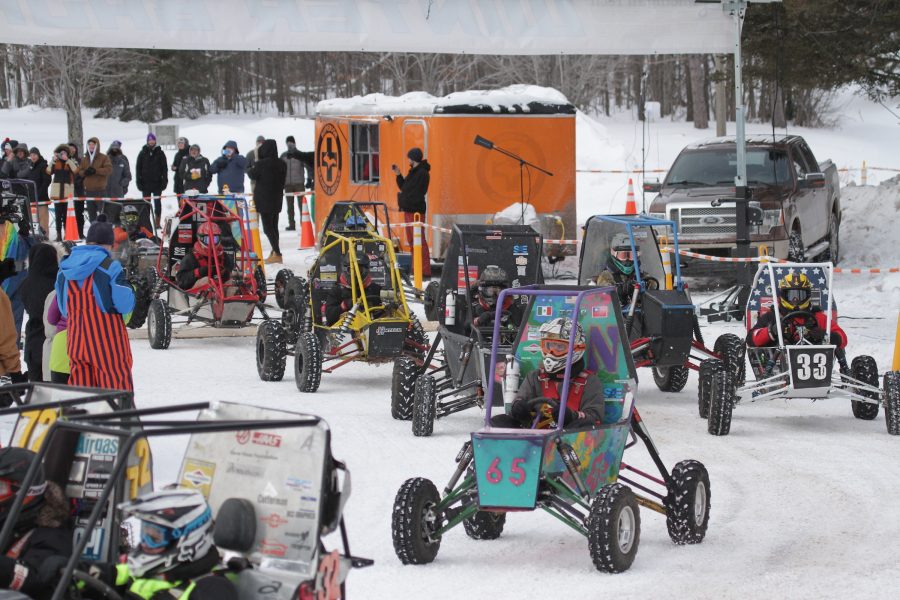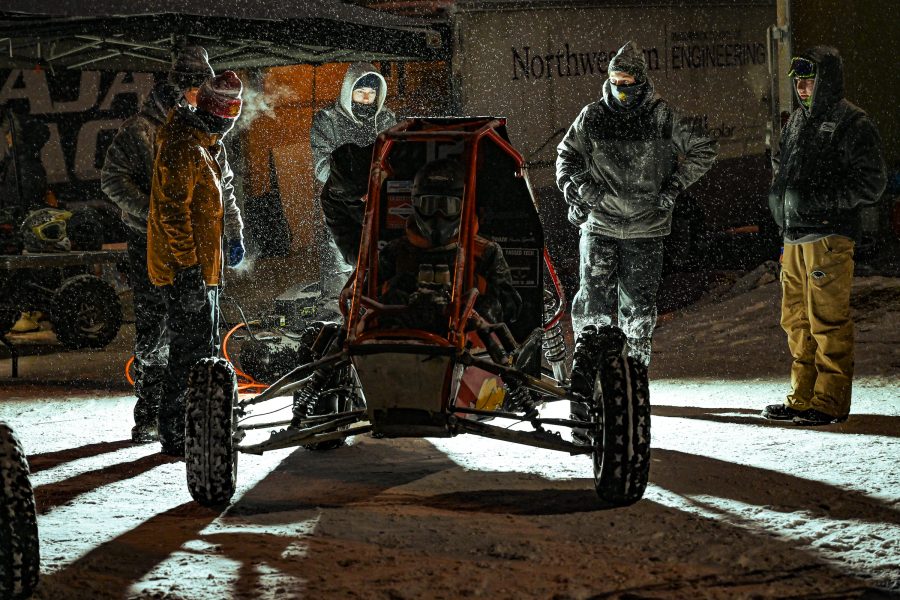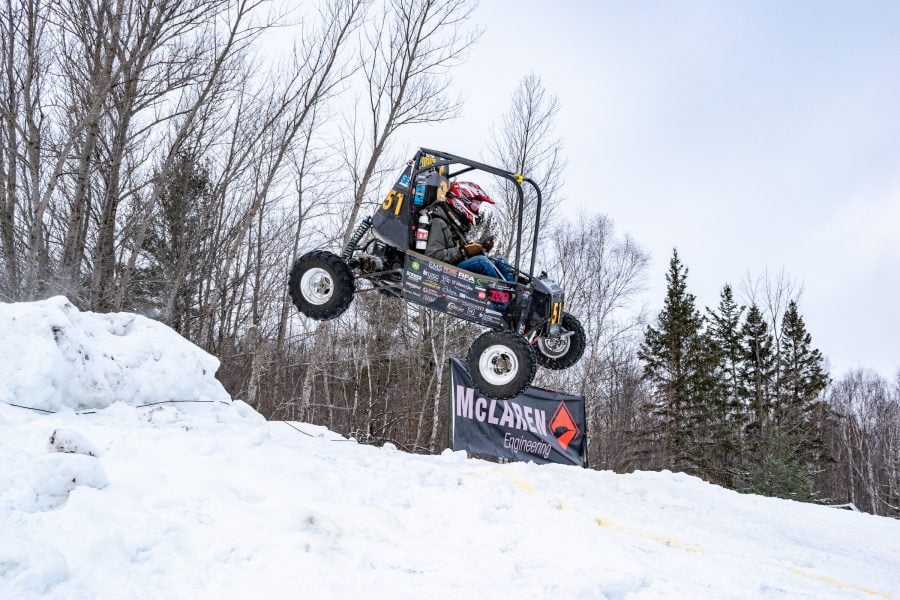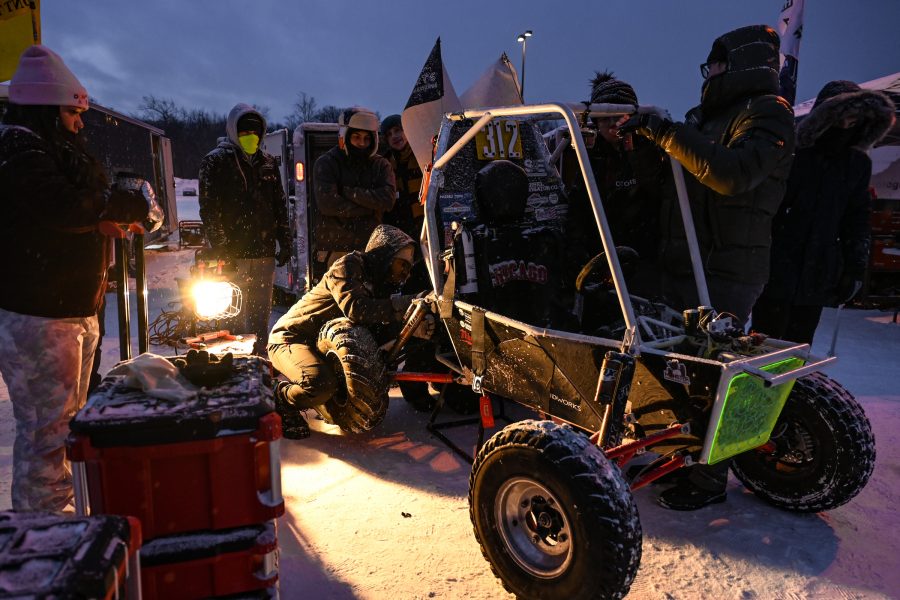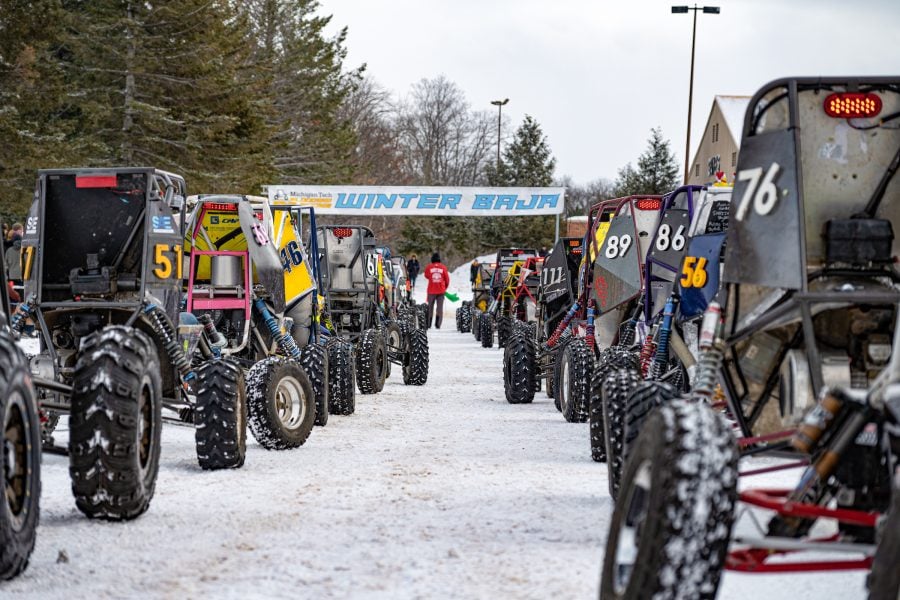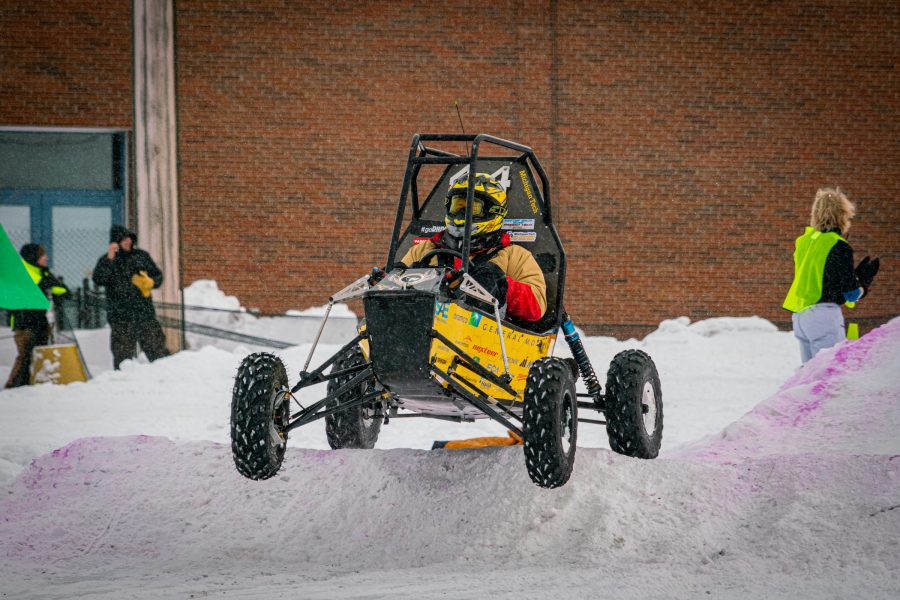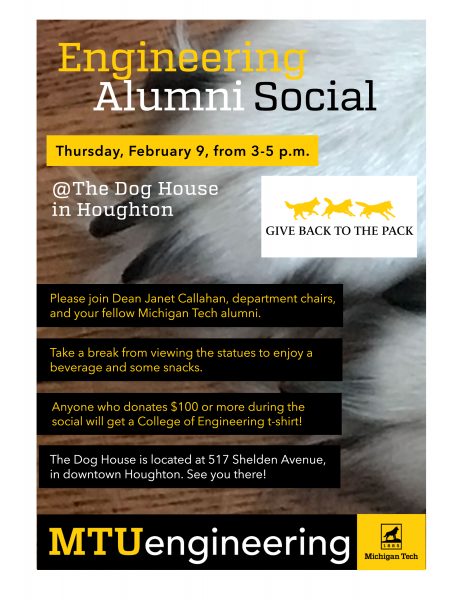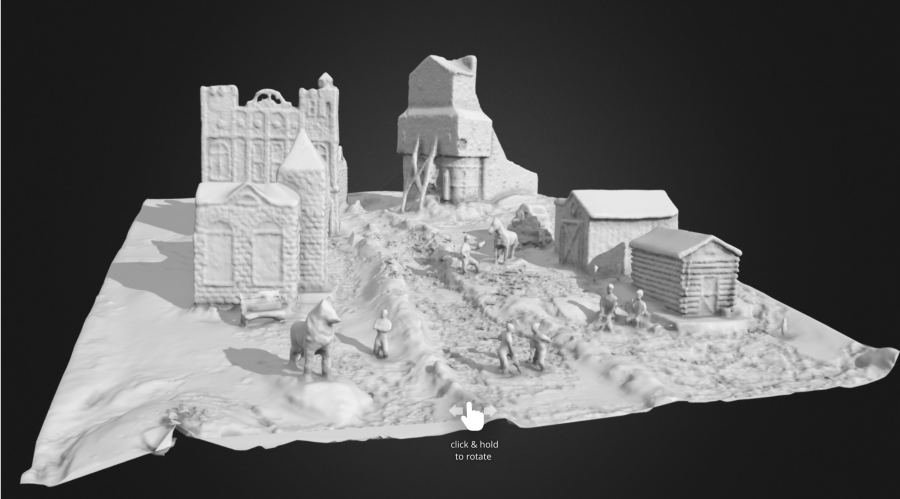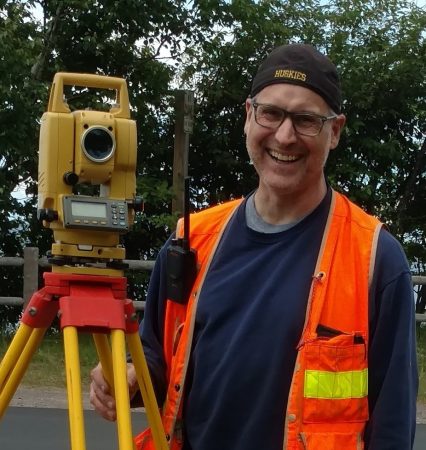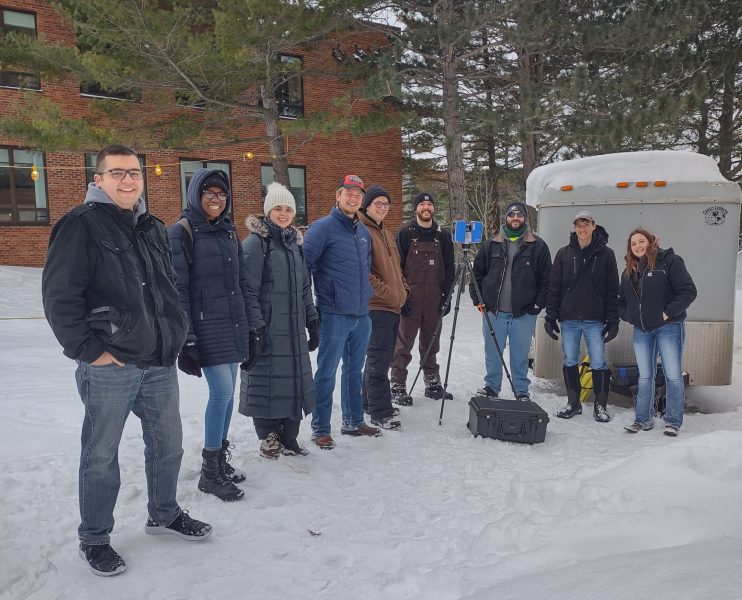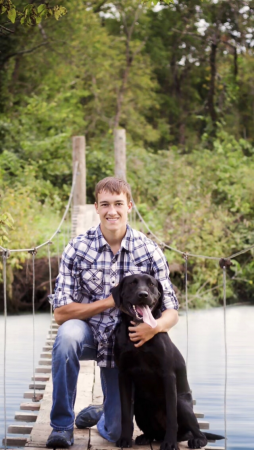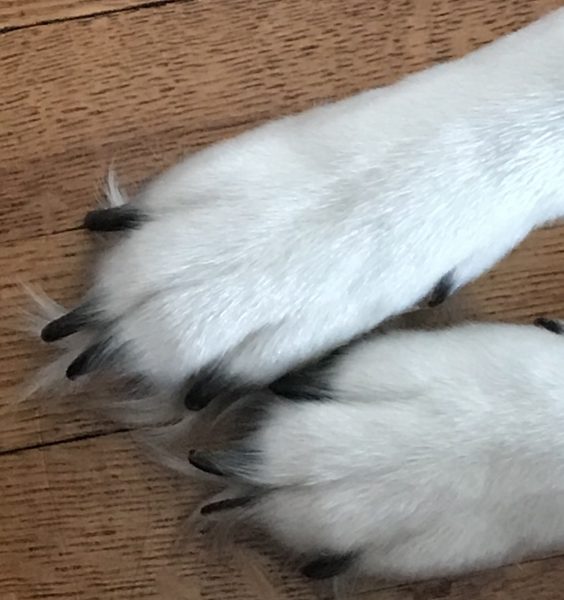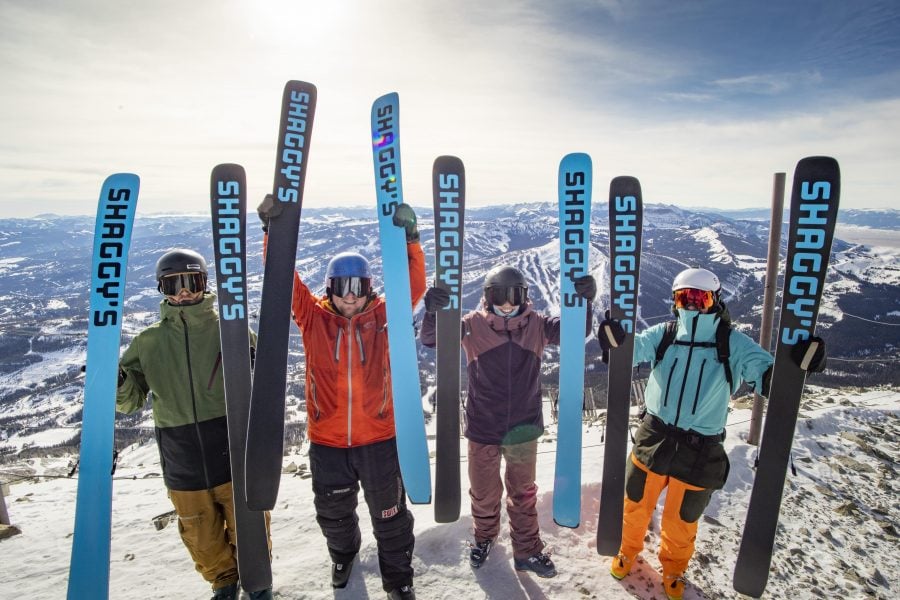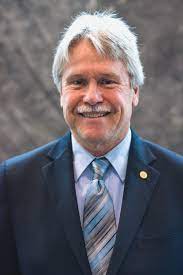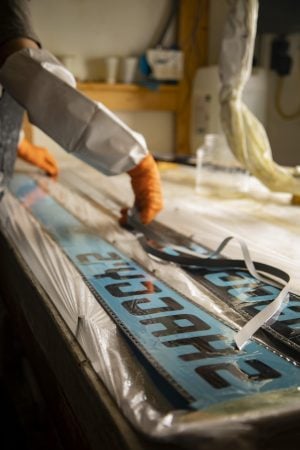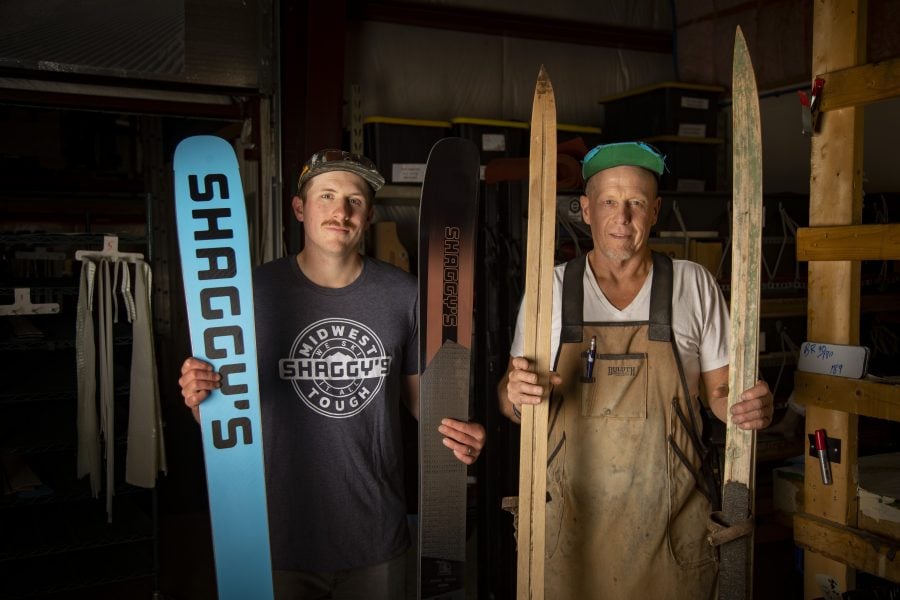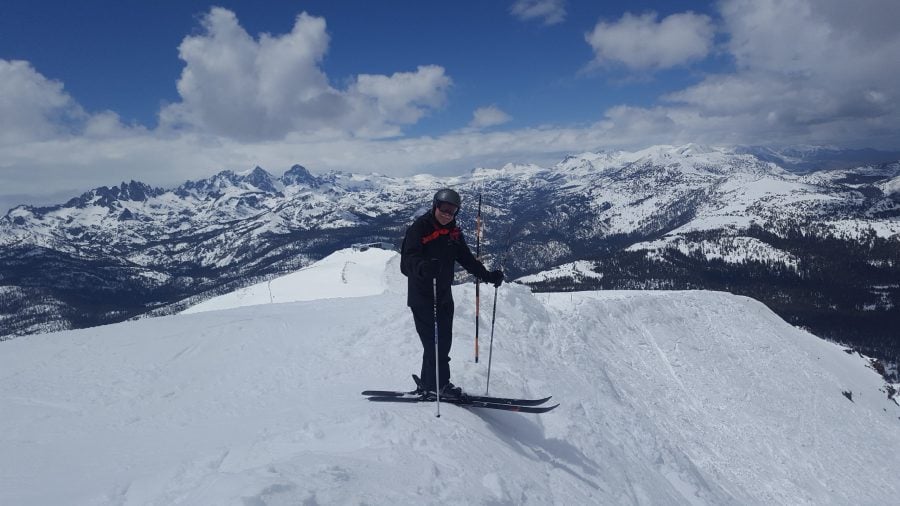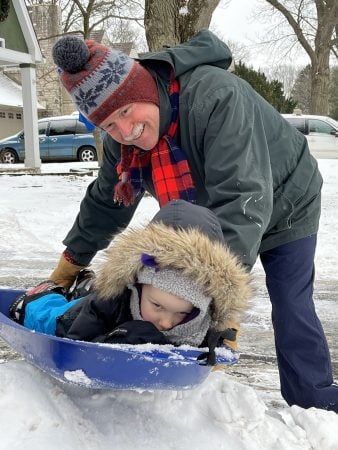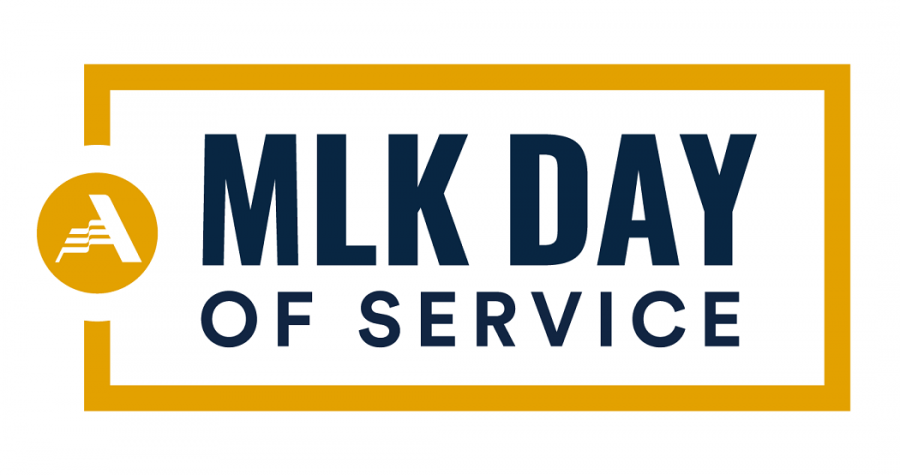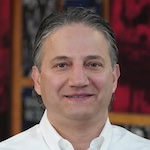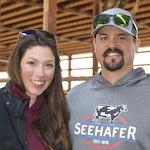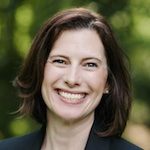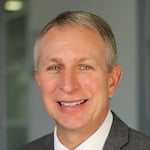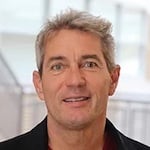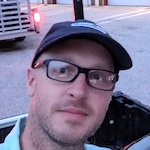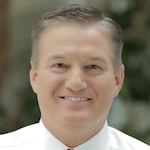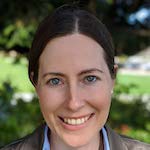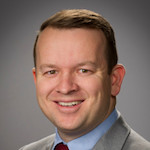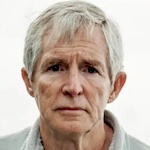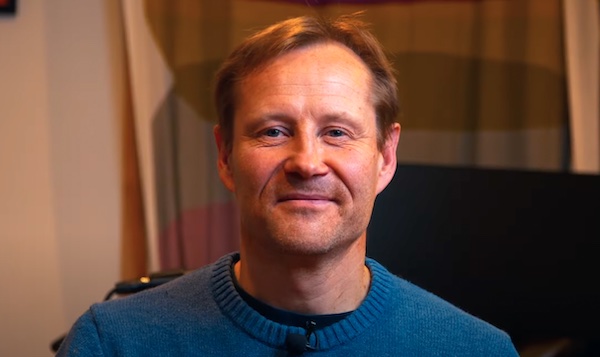
The College of Engineering and the Department of Civil, Environmental, and Geospatial Engineering (CEGE) are pleased to announce Pasi Lautala as the featured instructor for this week’s Deans’ Teaching Showcase.
Lautala will be recognized at an end-of-term luncheon with other spring showcase members, and is a candidate for the next CTL Instructional Award Series.
Lautala is being honored for excellence in teaching across a 20-year effort focused on railway engineering. Because of his passion for rails as a highly energy-efficient mode for land transportation, he established and now manages Michigan Tech’s railway engineering program. The educational aspects of this program benefit students at Michigan Tech and across the nation.
“Dr. Lautala had a vision of a world-class rail engineering program at Tech. Through steadfast determination, Pasi made that happen,” said College of Engineering Dean Janet Callahan. “Because of Pasi’s trailblazing efforts, Tech students can pursue an undergraduate minor in rail transportation. And those who do are highly sought after for employment by rail companies and their contractors on our continent and beyond.”
In addition to the minor he established, Lautala mentors students in the Rail Engineering Activities Club (REAC) at Michigan Tech, reinforcing their curricular experiences with extracurricular activities. Students interact with rail industry professionals to learn even more about train systems and establish important industry contacts. This club is the inaugural student chapter of the American Railway Engineering and Maintenance-of-Way Association (AREMA), the national organization for rail engineering professionals. That the inaugural student chapter was established at Michigan Tech speaks volumes about Lautala’s impact in railway engineering education.
Lautala has also had an enormous impact across the continent. In 2008, he helped establish the Railroad Engineering Education Symposium (REES) under the auspices of AREMA, which he continues to lead. Its purpose is to expand and encourage railway engineering education throughout North America. In 2015, with the help of the American Public Transportation Association (APTA), this was augmented with the passenger-rail symposium (p-REES) to look at issues particular to transit, commuter and inter-city services. Lautala’s vision has led hundreds of faculty members and dozens of universities to incorporate rail engineering into their educational offerings.
“Dr. Lautala is a visionary in rail education and his impact is significant,” said Audra Morse, chair of CEGE. “I have heard about this work through colleagues and department heads around the country. Our students benefit from Pasi’s passion, technical competence and industry connections. The rail program draws students from all over the country to Michigan Tech.”
Lautala has also worked to develop a pipeline of students passionate about rail as an energy-efficient mode of transportation through Michigan Tech’s summer youth program. This has led to the “Tracks to the Future” collaboration with University of Illinois and Penn State Altoona, which, with funding from the Federal Railroad Administration, expands the program and includes these other campuses.
For his impact on education at Michigan Tech and beyond, the College of Engineering is honored to recognize Pasi Lautala in the Deans’ Teaching Showcase.
